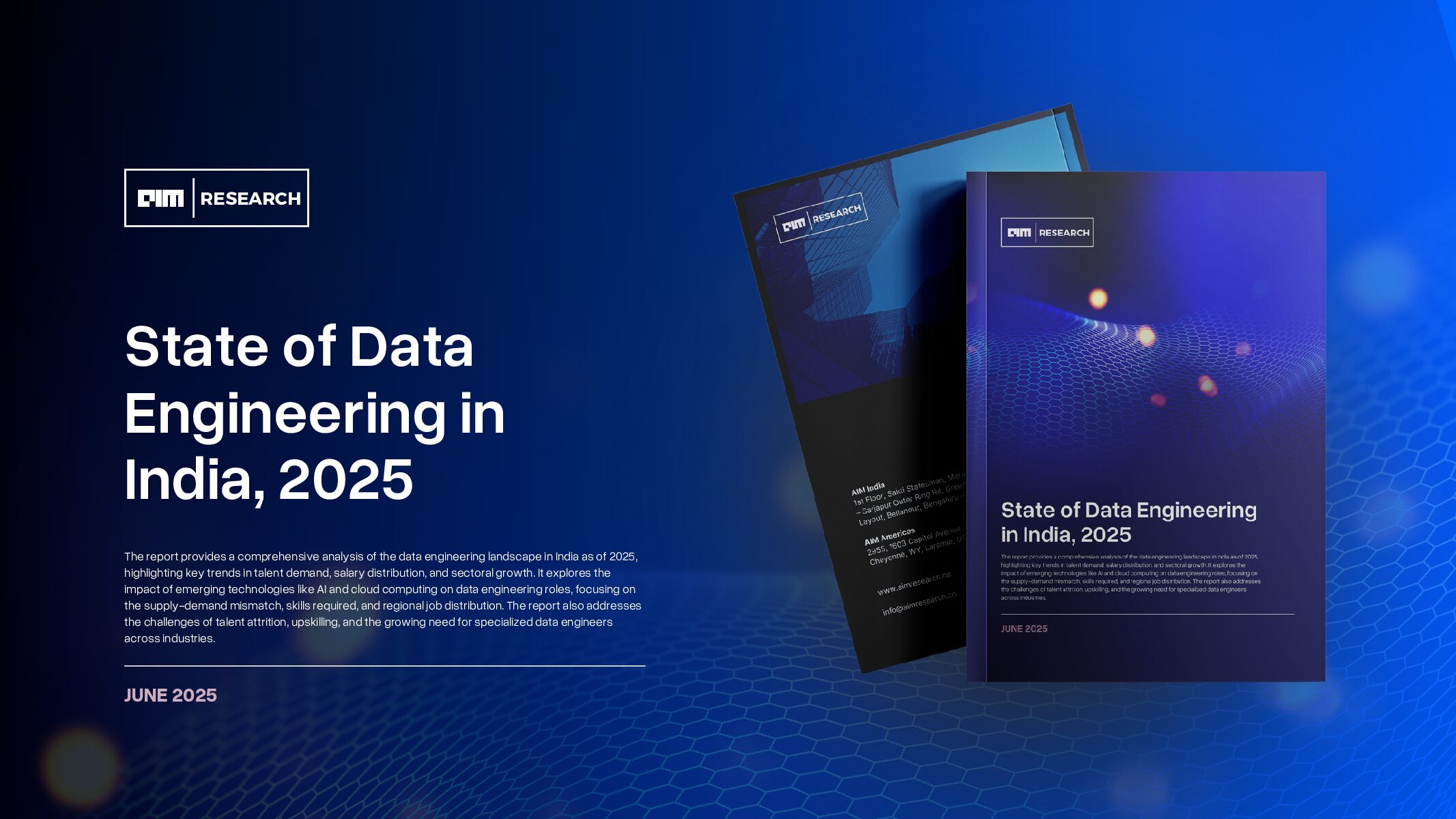The media industry has entered a transformative phase, and it’s clear that AI is no longer a peripheral tool but a central force reshaping journalism. With traditional publishers facing challenges such as dwindling revenues and AI-generated content taking over certain news-reporting tasks, the industry must adapt or risk being sidelined. Against this backdrop, a new startup, Particle, is emerging as a potential game-changer, offering a solution that enhances news consumption while supporting the media ecosystem. Rather than exploiting news outlets, Particle is committed to rebuilding the value chain by utilizing AI in a way that benefits both readers and publishers alike.
Founded by former Twitter engineers Sara Beykpour and Marcel Molina, Particle has already secured significant backing, raising $4.4 million in seed funding and a $10.9 million Series A round led by Lightspeed. The company’s mission is to create an AI-driven newsreader that not only enhances how consumers engage with the news but also helps mitigate the financial struggles faced by journalists and media organizations. With Beykpour’s and Molina’s deep backgrounds in product management and engineering at tech giants like Twitter and Tesla, they are uniquely positioned to innovate in this space.
Sara Beykpour, who previously worked as Twitter’s Senior Director of Product Management and oversaw key projects such as Twitter Blue, Twitter Video, and Conversations, brings extensive leadership experience to Particle. Her co-founder, Marcel Molina, spent years as a Senior Engineer at Twitter and Tesla, where he worked on developing large-scale systems adopted across Tesla’s Gigafactories. Together, their expertise in engineering and product development has been integral to the creation of Particle, which blends cutting-edge AI technology with an empathetic approach to news distribution.
At its core, Particle leverages AI to personalize news consumption, enabling users to consume content in ways that reflect their interests and expand their understanding. Instead of simply providing a feed of articles, Particle uses advanced AI to enhance how news is delivered. The platform offers a variety of interactive modes, such as the “Explain Like I’m 5” mode for simplifying complex stories, and the “5Ws” mode (Who, What, When, Where, Why) that breaks down articles into factual summaries. For readers on the go, the app includes audio summaries, making it easier to stay informed even during a busy day. These features ensure that users don’t just passively consume news—they engage with it in a way that enhances their comprehension and context.
The real innovation of Particle, however, lies in its approach to breaking users out of their information bubbles. Through its “Opposite Sides” tool, Particle encourages readers to view news from multiple political perspectives, showing how different media outlets from across the political spectrum frame the same event. By placing stories on a story spectrum that visually maps out their political leanings, users can understand how bias influences news coverage and make informed decisions about what they read. This transparency in coverage aims to empower users to make decisions based on a well-rounded view of events rather than one single narrative.
Another distinctive feature of Particle is its AI-driven chatbot, which allows users to ask questions and dive deeper into news stories. For instance, if users are reading an article about Trump’s immigration policies, they can ask specific questions like, “What are the legal challenges to Trump’s deportation plans?” or “What are the financial implications of mass deportation?” Particle’s AI doesn’t just answer these questions based on the article—it scours the web for additional relevant sources and offers a more comprehensive perspective. This is powered by a combination of OpenAI’s GPT-4 and Particle’s proprietary algorithms, which both process and post-process the content to ensure a high level of accuracy.
To maintain the quality of the content and ensure accuracy, Particle has developed a processing pipeline that extracts key details from articles, such as headlines, quotes, and links, while ranking the most important information at the top. The app claims to have reduced error rates from one in 100 to just one in 10,000, providing users with more reliable content. While AI plays a major role, human editors also curate content, ensuring stories meet high standards of quality and relevance.
As part of its effort to support media publishers, Particle has established partnerships with top outlets, including Reuters, AFP, and Fortune, through APIs that allow their content to be integrated into the platform. Unlike other AI-driven aggregators that may exploit content without offering compensation, Particle ensures that publishers receive better visibility, with their articles displayed prominently, including in gold-highlighted positions. This design drives traffic back to publishers’ websites, helping them maintain revenue while giving consumers access to reliable news.
One of the key aspects of Particle’s value proposition is that it isn’t just about improving news consumption for users—it’s about creating a symbiotic relationship with media outlets. As Beykpour notes, “Having deep partnerships and collaboration is one of the things that we’re really interested in”. Particle is not aiming to disrupt the media ecosystem, but rather to enhance it by working alongside publishers to ensure that their content reaches the widest and most engaged audience possible.
The beta tests for Particle have shown that users are actively clicking through to publishers’ sites, attracted by the design and user experience of the app. Looking ahead, Particle plans to explore additional ways to collaborate with publishers, such as offering access to paywalled content in a way that benefits both the reader and the media organization. This model is a stark contrast to many other AI-driven news aggregation platforms, which often prioritize clickbait and sensationalized headlines over content quality.
In addition to these features, Particle lets users personalize their news consumption even further. Whether they want to track specific topics, follow individual publications, or receive notifications for breaking news, the app allows users to control their news feed. The platform even offers a way for users to fine-tune the algorithm to ensure that they see the most relevant and meaningful content based on their preferences.
Moreover, Particle provides detailed context for key people, places, and events featured in news stories. It also pulls in significant quotes from articles, making it easier for users to grasp the most impactful elements of a story. The app aggregates related stories and offers a timeline view, so users can see how news developments unfold over time, providing a clearer understanding of the bigger picture.
Early AI-powered news apps like Circa and Artifact faced significant challenges that led to their downfall. These included immature AI technology that struggled with accurate content curation, poor user experiences due to clunky interfaces, and financial instability as many startups struggled to monetize their services. Competition from established platforms, such as social media giants and traditional news outlets, made it even harder for new apps to break through. Furthermore, persistent market trust issues around AI, such as concerns over privacy, misinformation, and the lack of emotional connection to AI-generated content, contributed to user reluctance. Despite these failures, Particle offers a fresh take by focusing on a multi-perspective approach that seeks to avoid the algorithmic bubbles that hindered previous apps. While its innovative strategy shows promise, it will need to prove it can meet the needs of both users and publishers, while competing with the growing power of AI-powered search engines and other established news platforms.























